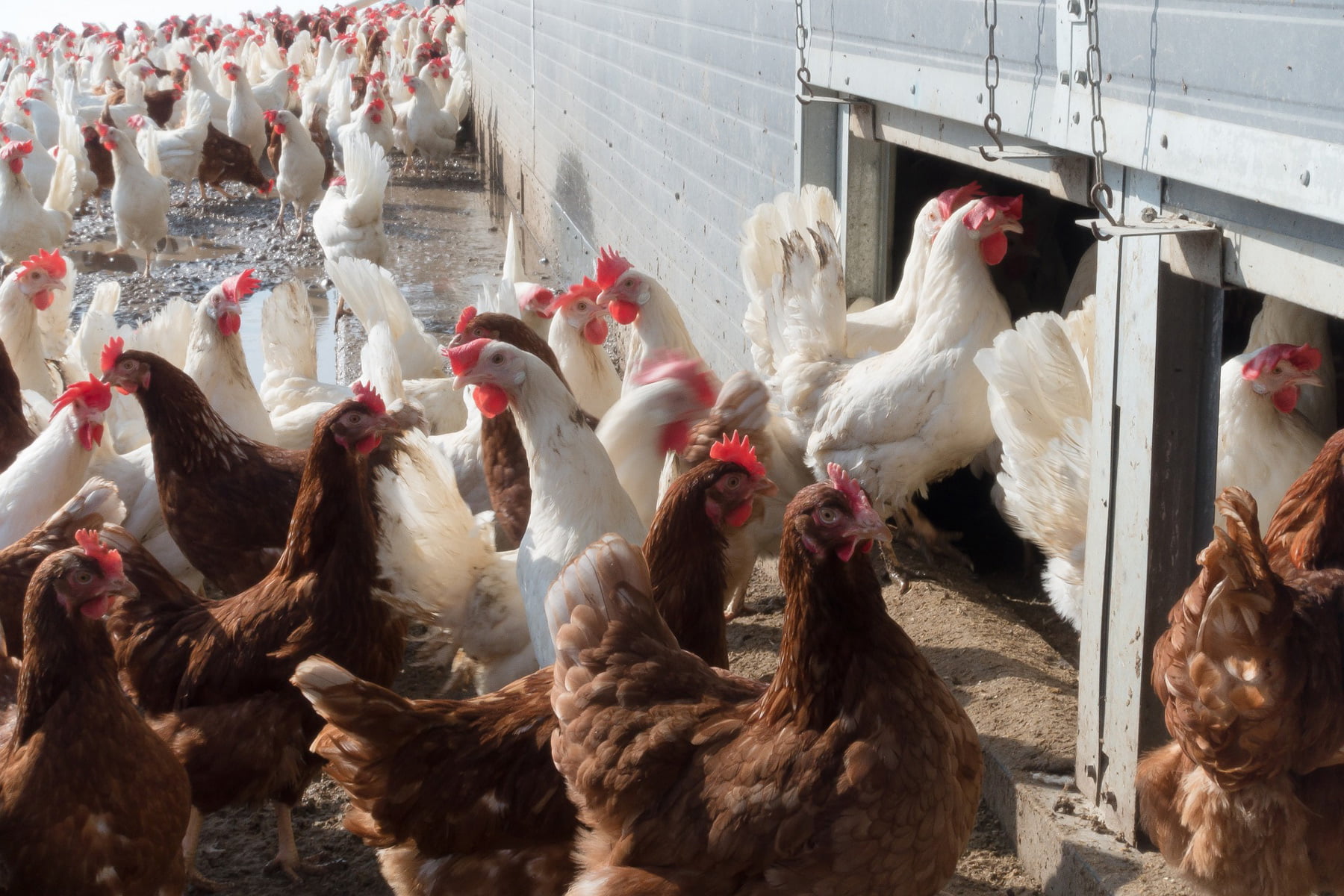CAFO stands for Confined Animal Feeding Operation. CAFO’s are usually run by large agricultural companies that supply large meat processing facilities. These are also known as “factory farms” where 98% of the nation’s meat comes from.
CAFOs are characterized by large numbers of animals crowded into a confined space. Critics of CAFOs claim they are create unhealthy and inhumane conditions for the animals and that CAFOs concentrate too much manure in too small an area causing problems for the environment and nearby communities. Proponents claim that because CAFOs are heavily regulated that they are safe for the environment and are critical to keeping the country supplied with low cost meat and well-paying jobs.
A typical CAFO contains at least 1,000 large animals such as cows, or tens of thousands of smaller animals such as chickens. Some CAFOs, however, are much larger and can house tens of thousands of cows or hogs, and hundreds of thousands of chickens. CAFOs are a subset of Animal Feeding Operations (AFOs) as defined by the Clean Water Act and are regulated by the U.S. Environmental Protection Agency (EPA).
There are over 20,000 CAFOs in the United States. Most American livestock is now raised in CAFOs, with federal data showing that about 70% of cows, 98% of pigs and 99% of chickens and turkeys are produced in CAFOs. According to 2018 data from the US EPA CAFOs can be found in 47 of 50 U.S. states. The top five states for large CAFOs are:
- Iowa – 3,744
- Minnesota – 1,400
- North Carolina – 1,222
- Nebraska – 1,207
- California 1,083
Many environmentalists claim that CAFO’s are major air and water pollutants while also treating animals inhumanely. Proponents insist that properly managed CAFO’s are critical to ensuring that there is access to low-cost, plentiful supply of dairy, meats and poultry.
Check out these resources for more information about CAFOs:
USDA Animal Feeding Operation Page
Large CAFOs on the rise in the midwest
Inside the Rural Resistance to CAFOs

